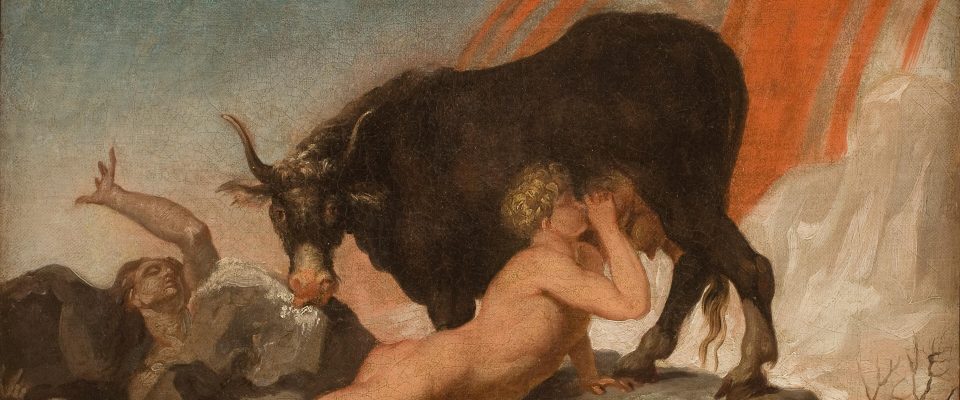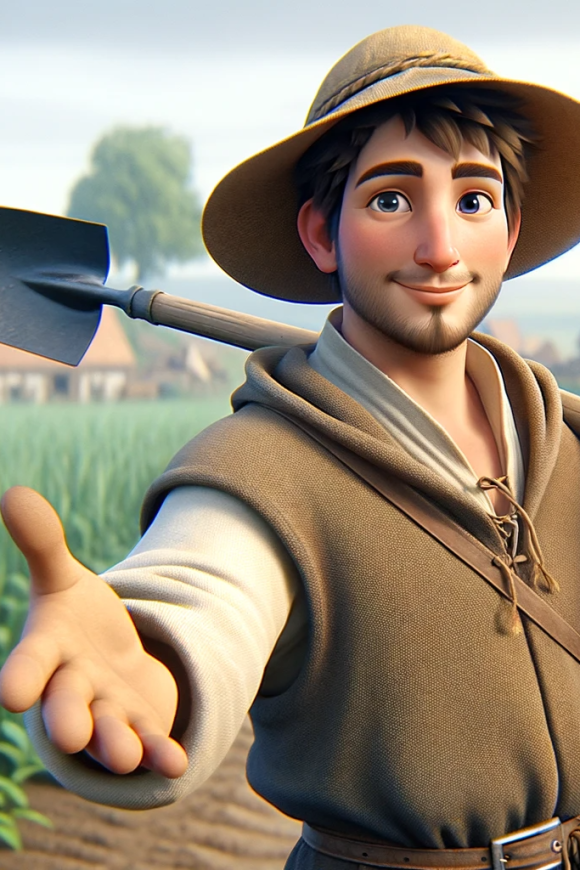The Norse creation myth isn’t as straightforward as it could be. Vikings didn’t write things down, and much of what we know comes from Eddas (textbooks) written long after the Vikings had merged into the European diaspora. Some of the texts that do survive convey different information, especially when it comes to the names of those involved. This is an amalgamation of some of those myths abridged for clarity and interest.
Norse Creation Myth: the Void
In the beginning, there was a void called “Ginnungagap.” It was mighty and yawning. The void was not completely empty; in its dark depths, it held dormant potential. That power waited for an awakening.
To the north of the void was Niflheimr, a realm of fog, ice and water, also called “the dark world.” To the south of the void was Muspellsheim, a realm of fire and flames.
From Niflheimr, the rivers of poison, Elivagar, flowed into the void and froze. The ice flowed toward Muspellsheim until it met the heat from the fires and melted. The drops of the water came together to form the first being in Ginnungagap – a frost giant named “Ymir.” A hornless cow, Authumbla, emerged from the void and nourished Ymir with her milk.
(One meaning of “Ymir” is twin. This means there may have been two beings formed from the water, however, Ymir’s twin is not mentioned in any of the surviving stories. Still, it’s something to be aware of as we learn more about the Norse creation of the world. Other texts call Ymir “Aurgelmir.” The Old Norse word for “frost” may have had a connotation of “evil.”)
As Ymir slept, the sweat from his armpits formed into other giants. His restless legs became intimate and from their relationship sprang more giants. These were the first generations of beings in the Ginnungagap.
Authumbla licked the salty ice. As she did, she revealed Buri, the first of the Aesir. It took three days for her to lick Buri free. On the first day, his hair was free. On the second, his head was free, and on the third, he stepped out of the ice and into the void.
Buri had a son, Borr, but Borr’s birth is unexplained. We know that he marries Bestla, a giant. Together, they have Odin, Vili and Ve.
Norse Creation Myth: Meaning
In his book Children of Ash and Elm, Neil Price wonders how the audience of these stories received them. Did the stories impart wisdom? Did the audience take them literally or did they find them comic in their absurdity? Price and Jackson Crawford point out that much of what survives comes from the Christian historian Snorri Sturluson, who wrote down these stories long after the historical end of the Viking era. Because of the complicated rhyming schemes and constructions of the original stories, they may have survived intact. It is still important to know what lens we are looking through and how it may distort the Norse creation myth.
Sources: https://youtu.be/3Yhvi8UOrGg?si=xAa0s_Lo-fB7477l
Children of Ash and Elm: A History of the Vikings by Neil Price (2020).



